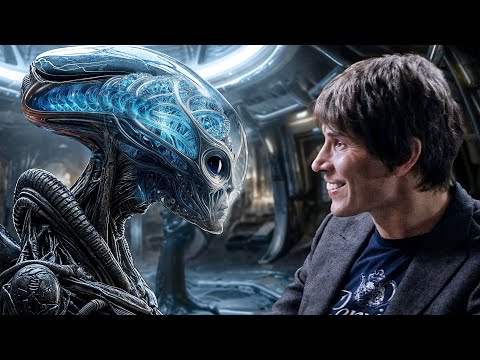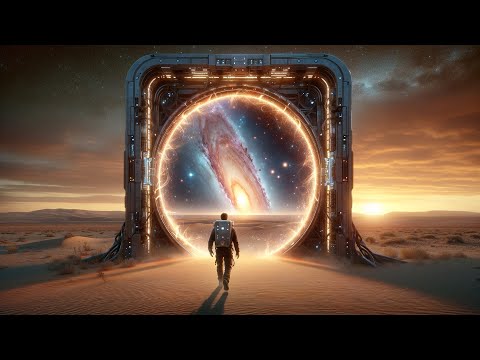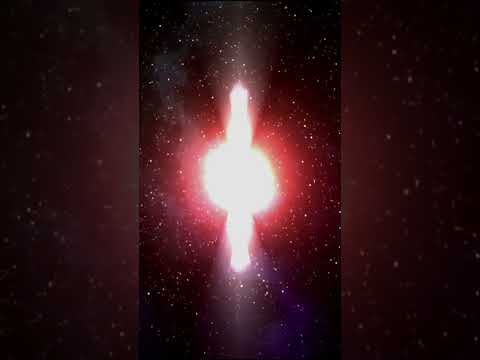12M views
1 month ago
1 views
6 months ago
1 views
6 months ago
1 views
10 months ago
1 views
10 months ago
1 views
10 months ago
1 views
11 months ago
1 views
11 months ago
1 views
11 months ago
1 views
11 months ago
1 views
11 months ago
1 views
11 months ago
1 views
11 months ago
1 views
11 months ago
1 views
11 months ago
1 views
11 months ago
1 views
1 year ago
1 views
1 year ago
1 views
1 year ago
1 views
1 year ago
1 views
1 year ago
1 views
1 year ago
1 views
1 year ago
1 views
1 year ago
1 views
1 year ago

















































